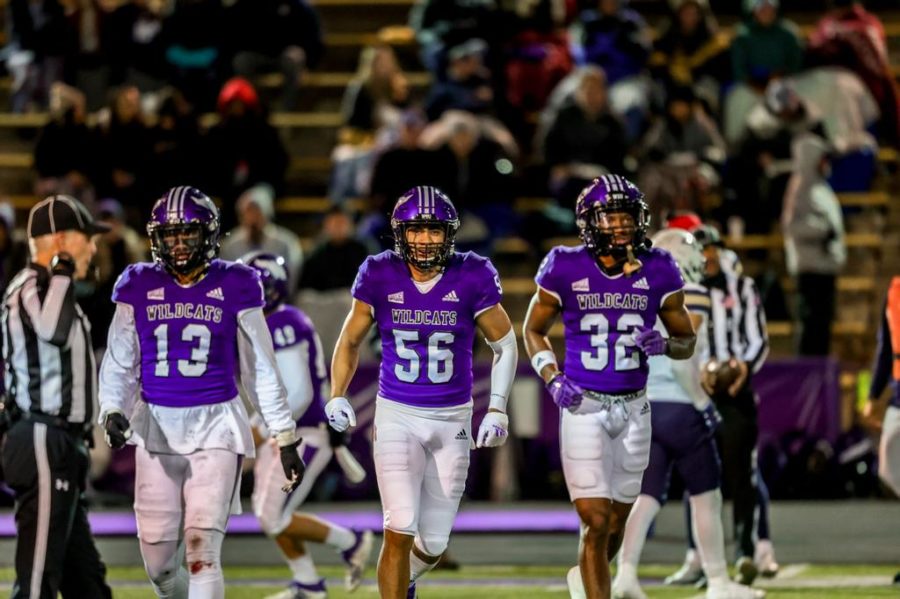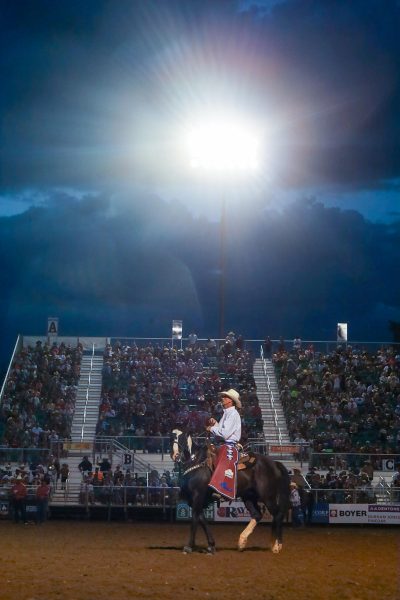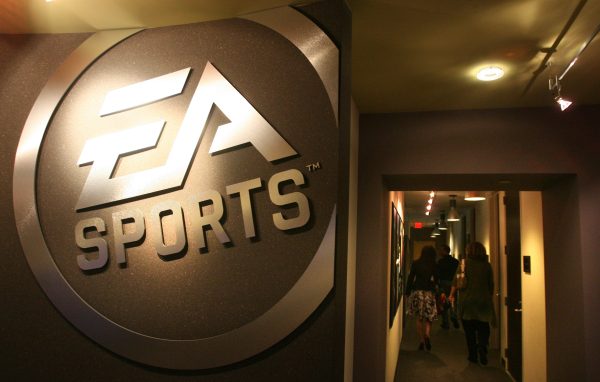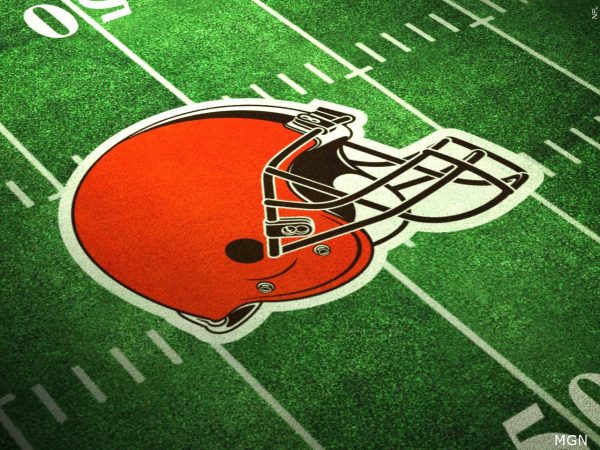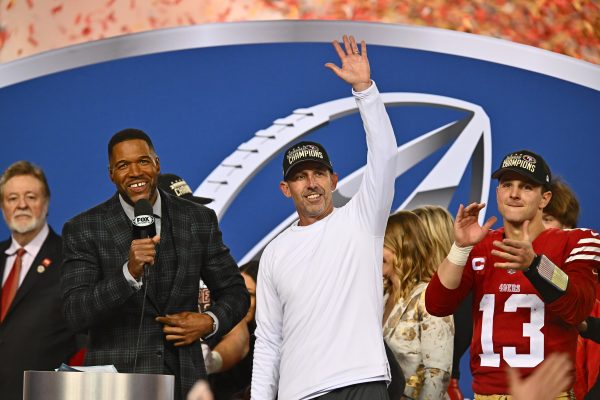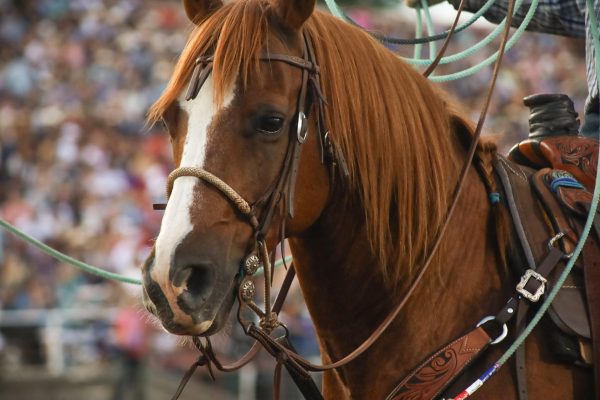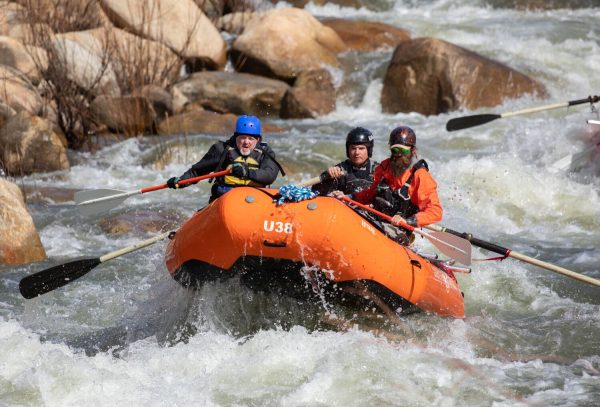Opinion: Weber State vs. Montana State: The good, the bad and the ugly
The rain poured as the clock ran. It was fourth down and Weber State University’s offense lined up 90 yards away from the end zone with 2:07 left — the classic two-minute drill. Quarterback Bronson Barron played from the shotgun, ready for a touchdown to give the Wildcat’s a 44–43 win over Montana State University.
Keeping the drive alive, Barron found wide receiver Ty MacPherson for a 24-yard pass. Now at the 34-yard line, Barron ran to midfield. Looking to stop the Bobcats’ offense from marching onto the field again, Weber State ran and called a timeout at 1:17.
The drive continued. At second and 8 from midfield, Barron found running back Dontae McMillan for 8 yards, giving the Wildcats a fresh set of downs. Three plays later, Weber State was still 10 yards away from a first down. Staying in the shotgun, Barron threw to wide receiver Hayden Meacham to put the Wildcat’s 27 yards away from a win.
The clock continued to wind down. Barron found running back Damon Bankston on his left for 5 yards. Wildcat head coach Jay Hill then called a timeout with 0:33 left.
The offense stepped back onto the field. Barron lined back up in the shotgun, only to be sacked by Montana State linebacker Callahan O’Reilly. Hill called another timeout with 0:31 on the clock.
On fourth down, playing for a win, Barron tried to throw to MacPherson. However, O’Reilly pressured the quarterback, stopping the completion and forcing a turnover on downs. The Bobcats walked away victorious and undefeated in the Big Sky, 43–38. Weber State was less than 30 yards away from a 7–0 record.
“It’s unfortunate,” Hill said after the game. “We did not play up to the way what I thought we could have.”
The Weber State vs. Montana State rivalry is one of the most notorious in the FCS, dating back to 1963. On Dec. 3, another chapter will be added to their history as they play each other in an FCS second-round playoff match.
Two teams with exceptional records, neither having a strong advantage over the other. It’d be unfair to discount Montana State’s win on Oct. 22. That said, it’d also be unfair to not recognize that they benefited from four safeties.
For what feels like a western showdown, it’s fitting to analyze the good, the bad and the ugly for each team.
Weber State
The Good
Although the Bobcats have looked unbeatable at times this season, they tend to have a hard time with hurry-up style offenses. This year, Montana State has only lost to Oregon State University, an FBS program, but they’ve had close games against Big Sky opponents. Weber is a strong contender to counter the Bobcats by using a hurry-up style, meaning the games to come might be closer than previously anticipated.
When Montana State loses or wins by less than 9 points, their opponents have 25 minutes of possession. Although it’s typically better to dominate the clock, this stat shows that the Bobcats struggle against offenses that can get to the end zone quickly. During these games, the opposing team scores at least 35 points, averaging three passing touchdowns and just over two rushing touchdowns. If the Wildcats can capitalize on these weaknesses, they have potential to take the victory.
Against in-conference opponents, the Wildcats average 28:35 per game. Unlike last game, Barron will be able to pass to wide receiver Jacob Sharp as well as Big Sky all-conference second team member Ty MacPherson. Running back Josh Davis, who missed the last game, will play on Dec. 3.
The Bad
Last time Weber State and Montana State played each other, quarterback Tommy Mellott exploited a weakness in the Wildcats’ defense by rushing for 273 yards and three touchdowns. Although a team that defends the run well, Weber State often struggles with running quarterbacks.
On average, quarterbacks net 28.25 yards when rushing against Weber State. For quarterbacks who net positive rushing yards against the Wildcats, they average just over 69 yards.
“The last time we played these guys, we only had a mac backer inside,” Winston Reid, a Weber State linebacker said. “They wanted to spread us out and have gap schemes and then have the quarterback just run. We’ve just got to stop the run.”
In both of the Wildcats’ losses this season, quarterbacks have run for over 80 yards and scored over two touchdowns.
The Ugly
A team that leads the conference in penalties with 92, Weber State is notorious for being their own worst enemy.
During their last game against the Bobcats, the Wildcats had a pass completion percentage under 50%, allowed 348 rushing yards (with 273 coming from a quarterback) and long snapper Grant Sands recorded an FCS record of four safeties.
“I talked to Grant Sands today,” Hill said. “I said, ‘Grant, you know you’re going to go in there, and the player’s going to be talking smack, and the fans are going to be on you, and we all know what happened last time,’ and he smiled at me, and he’s like ‘Coach, I know that.’ This is not something we hide from, and we understand that we made some costly mistakes last time, but we also understand with all those crazy mistakes and everything that went against us in that game, we still had a chance.”
Montana State
The Good
Although Weber State’s defense is known as one of the best in the FCS, Montana State’s offense counters it fairly well.
With two of their quarterbacks on the all-conference second team, the Bobcats aren’t a team that goes to the air often. Montana State has the ability to avoid throwing towards Weber State’s dominant defensive backfield and take advantage of the Wildcats’ weakness.
To give the quarterbacks more time to maneuver, the Bobcats’ line consists of an all-conference second team member in offensive lineman Rush Reimer, an all-conference third team member in offensive tackle JT Reed and center Justus Perkins, who received Big Sky honors.
The Bad
Although Barron averages a little under two passing touchdowns per game, the team is a threat through the air. This season, Montana State’s offense has allowed an average of 239.6 passing yards per game. During games where they win by less than 9 points, that number increases to 283.75.
Typically, Barron throws to MacPherson and Sharp for big plays while using tight end Justin Malone to fight for first downs. To win this game, Montana State cannot let Weber State’s offense play like it did against Utah State University, Utah Tech University and Portland State University.
The Ugly
Although the Bobcats went undefeated in the conference, many consider them unproven due to their strength of schedule.
Montana State have only played two FCS playoff teams this season. They beat the University of Montana in the Brawl of the Wild 55–21, but many have a hard time categorizing their win over the Wildcats as an absolute victory due to the four safeties.
The Bobcats are coming off a first-round bye, which can be a blessing and a curse. The break can either leave a team well-rested or unprepared.
“I wanted this matchup because I think they’re a great team, and I really believe this: If you can beat Montana State, you can beat anybody,” Hill said. “I knew they were going to be a seeded team once we had played them the first time. I knew that matchup was a possibility just because of locale and being in close proximity, and the reality is we left so much on the field that first time we played. I want to go in there and play a clean game and see how it falls.”
Weber State will travel to Bozeman to take on the Bobcats on Dec. 3 at 1 p.m.



